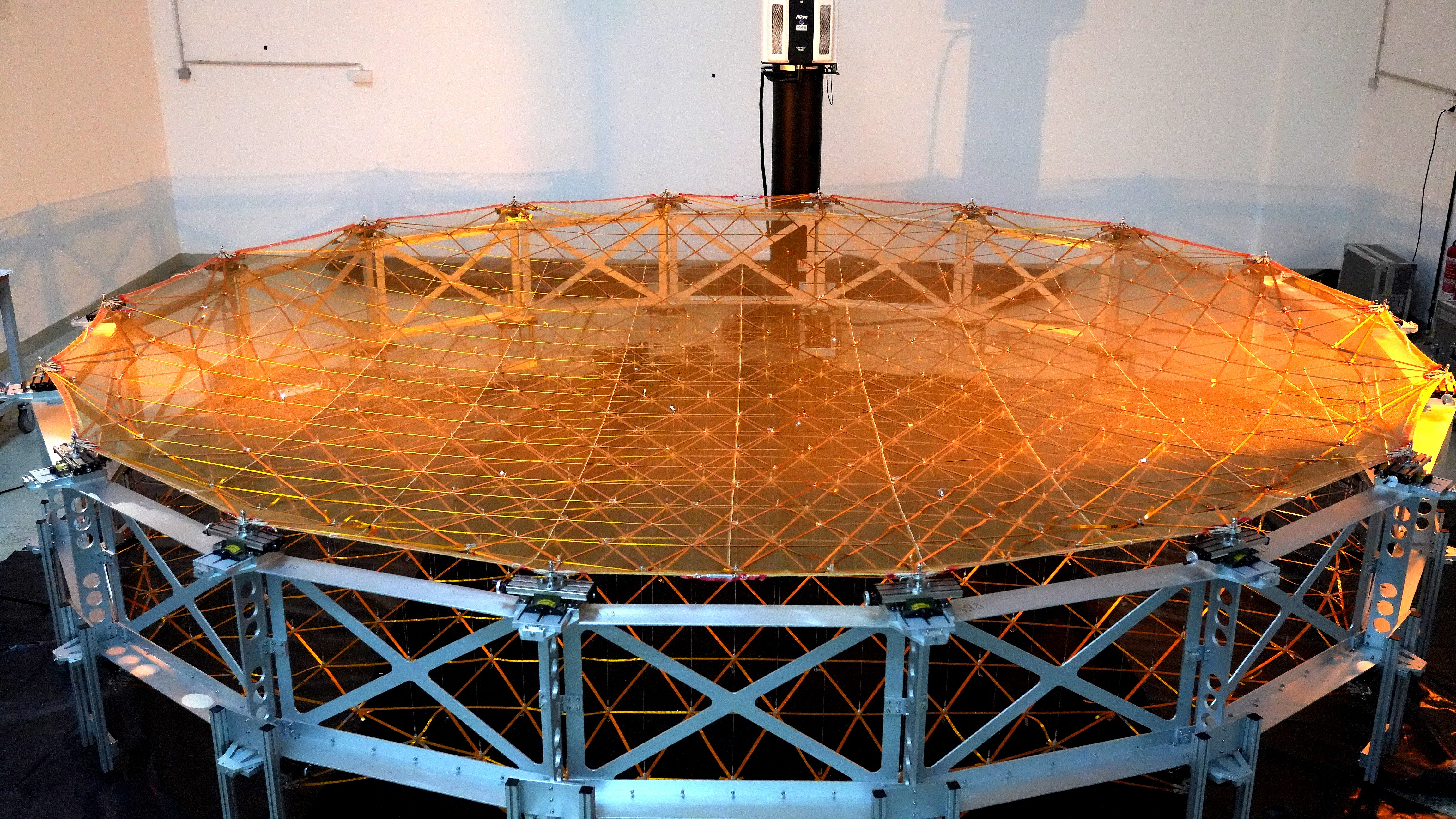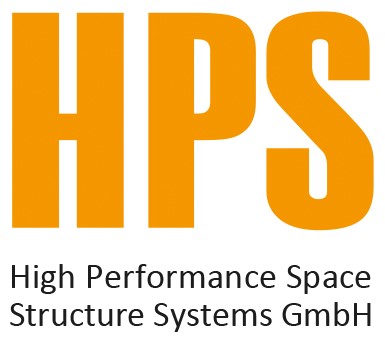-
StatusOngoing
-
Status date2024-12-21
-
Activity Code5B.138
The objective is to increase significantly the TRL of a European Metallic Mesh (including network below) for large deployable antenna applications up to Ku-band. Two types of knitting patterns are investigated in terms of RF-performance (reflectivity and PIM), mechanical characteristics and manufacturing processes. A five-meter demonstrator mesh and network has been manufactured and tested.

The assembly of a five-meter diameter network structure with mesh. The access ability is challenging because you need to have access to the middle during the assembly which is only possible from one side or via a jigs crane and/or stages.
The project was the start of a joint venture https://www.hptex.de/ which is now selling commercial mesh products worldwide.
The development of the mesh is the highlight of the project. The mesh results show that the mesh is optimally usable within the X-band or lower but can also be used within Ku-band frequency with relaxed requirements. The ATLAS-E28 mesh with approx. 18 loops/cm was chosen as knitting pattern, due to good RF and PIM performances. Two major advantages/parameters of this mesh are its flexibility and the fact that ruptures do not spread.
The carrying net is made of single unidirectional Quartzel rovings between two Polyimide tapes. The carrying net creates faceting triangles. The crossing points are assembled by pins that are inserted into punched holes of the rovings. Within these connecting pins, the tie cables are installed. These consist of an Aramid thread and a spring that tension the upper and lower carrying net to their paraboloid shapes.
The RF-reflective surface of the reflector is made of a mesh manufactured out of gold-plated tungsten.
The project had a standard approach, design, sample campaign. Based on the result of the sample campaign the demonstrator manufacturing and assembly have been performed.
The required TRL 5 has been fulfilled for the mesh (even TRL 7), the carrying net (even TRL 6), and the tie cables. Based on the performance data gathered from the project activity, several lessons learned have been identified allowing HPS to make further improvements to the design in future follow-up projects.
The ring structure used in MESNET was a rigid assembly which functioned as support jig. The next step to a potential following up project is the combination with a foldable lightweight structure to have a full large deplorable reflector for a potential EQM.




